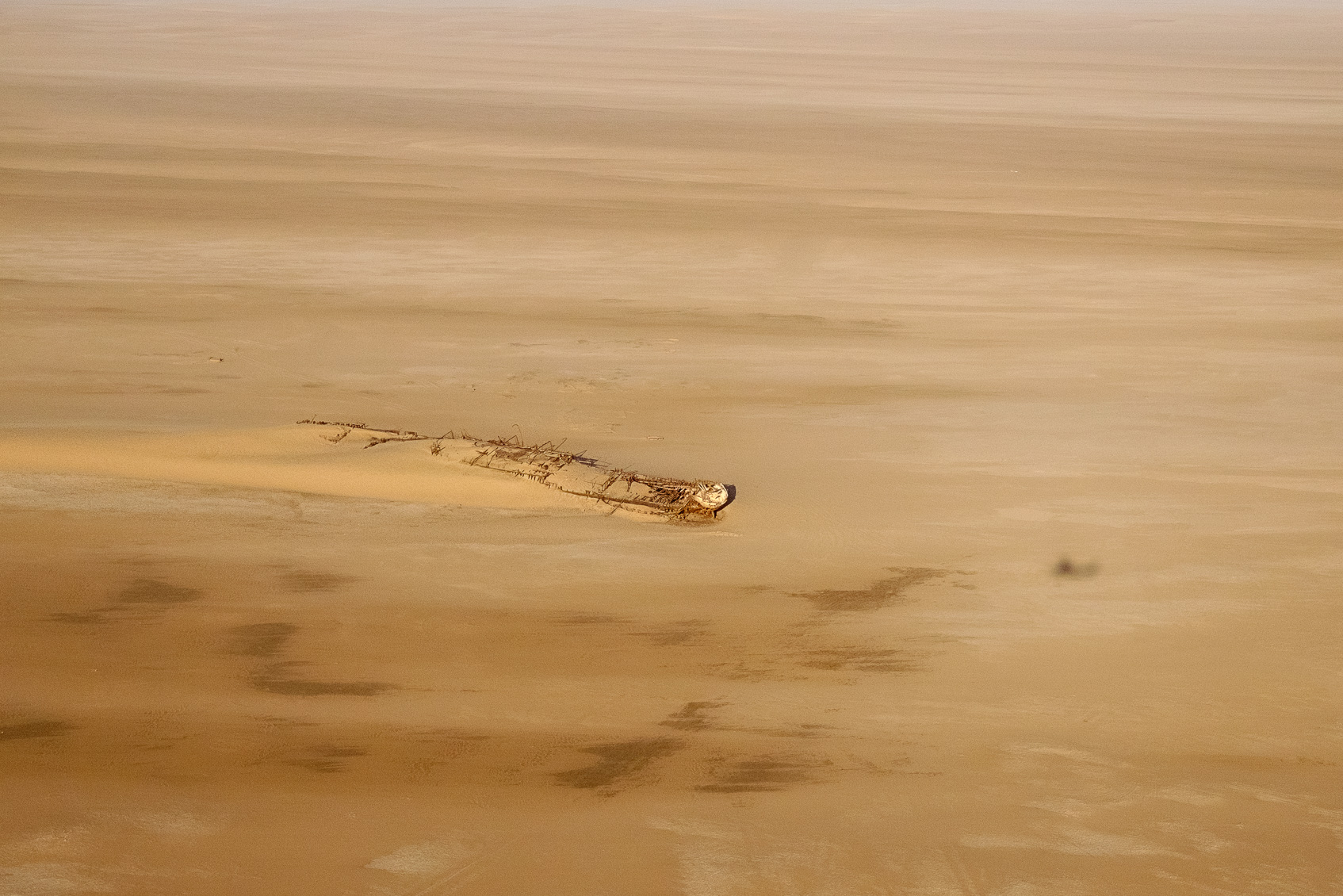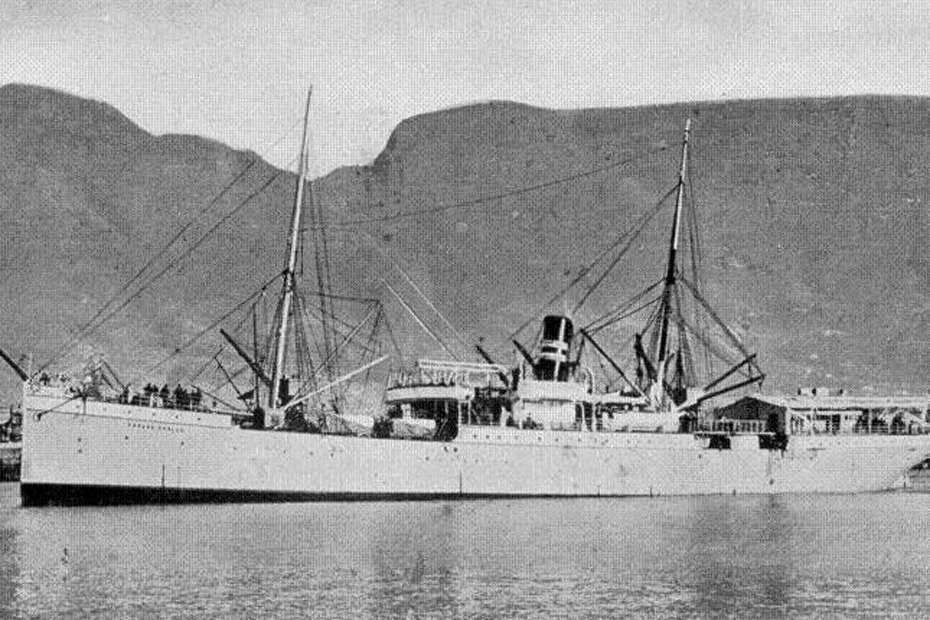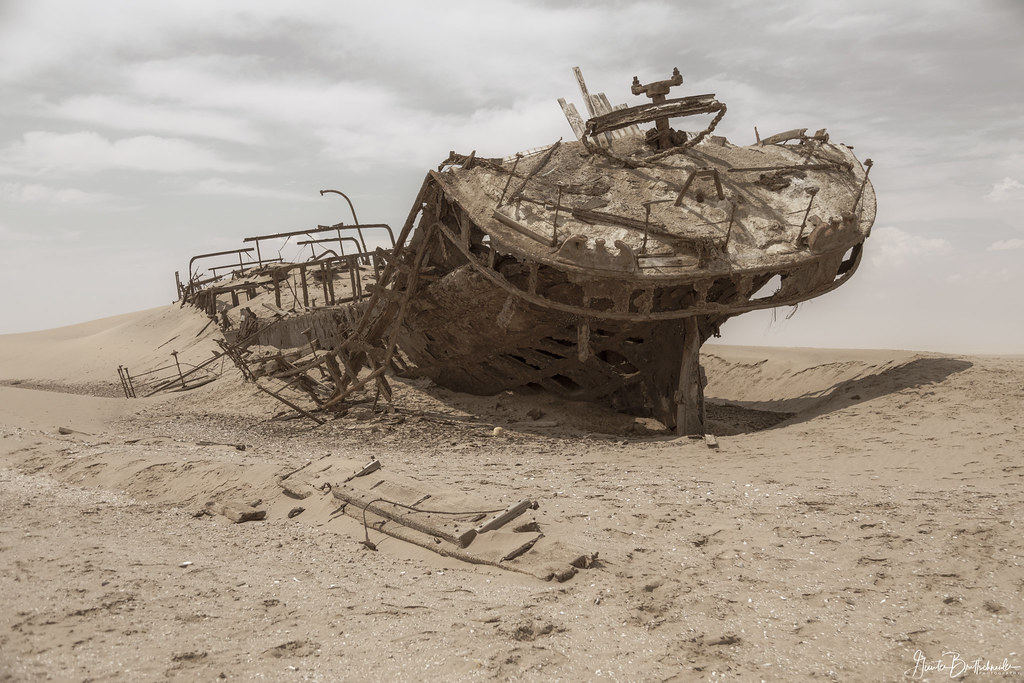The Eduard Bohlen was a German cargo ship that met a tragic fate on September 5, 1909, when it ran aground off the coast of Namibia. Over time, the ever-shifting sands of the Namib Desert have altered the coastline, leaving the wreck approximately 400 meters inland from the shore. This transformation has made the Eduard Bohlen one of the most iconic shipwrecks along the Skeleton Coast, famous for its haunting image—a vessel stranded in a desolate desert landscape.

Table of Contents
ToggleThe Journey and Wreck
On its fateful voyage, the Eduard Bohlen was making a routine trip from Swakopmund, Namibia, to Table Bay, South Africa. As it navigated the treacherous waters, the ship encountered a thick fog that significantly impaired the crew’s visibility and navigation capabilities. Before they could correct their course, the ship struck a concealed sandbank and became firmly lodged. Despite desperate attempts to free the vessel, it could not be salvaged and was ultimately abandoned, leaving behind a cargo of machinery and supplies.

Historical Significance
The wreck of the Eduard Bohlen is not merely a tale of misfortune; it also serves as a historical marker of maritime challenges in the early 20th century. The Skeleton Coast is infamous for its treacherous waters and shifting sands, which have claimed numerous vessels over the years. The Eduard Bohlen’s story highlights the dangers faced by sailors navigating these perilous waters.

Environmental Impact
The ongoing shifts in the Namib Desert have resulted in the wreck being stranded well away from the coastline, illustrating the dynamic nature of this arid landscape. This transformation raises questions about how environmental changes can drastically alter the geography and heritage of an area. The Eduard Bohlen now stands as a testament to both the power of nature and the vulnerabilities of human endeavor.

Conclusion
The Eduard Bohlen shipwreck is more than just a relic of the past; it is a poignant reminder of the dangers of the sea and the relentless power of nature. Its story, intertwined with the history of the Skeleton Coast, invites reflection on humanity’s relationship with the natural world and the legacies we leave behind. As we stand before the remains of the Eduard Bohlen, we are reminded that every shipwreck holds a story, and every story contributes to the rich tapestry of our shared history.

